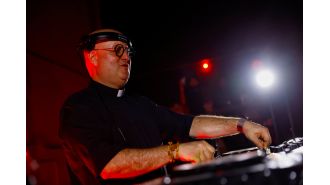Public reactions to mistakes
A simple way to understand how a person perceives their position in the social hierarchy is to see (a) how they treat you when you make a mistake or (b) observe how they behave when they make a mistake.
There’s a caste system / hierarchy / pecking order at work in every part of the world. Some of these are local and some more global. But it always exists – pecking orders (both perceived and real) are a part of how we organize ourselves. And they reveal themselves when mistakes are made in public.
These hierarchies don’t just show up when a waiter makes a mistake in a restaurant, they are present in our lives too. In the past 12 years, I’ve had the fortune of driving in many places around the world. I’ve made my fair share of mistakes – especially so in new places as we figured out the rules of the road (some unsaid) and directions.
But, in all these years, there’s an unfortunate pattern. Whenever I have a bad experience – defined by someone shouting something unpleasant or honking longer than necessary – I know that I’ll look up and likely find an old male of the dominant caste in that specific place.
Understanding this dynamic is helpful for two reasons.
First, it helps put unpleasant experiences into context. There’s no point letting some random stranger spoil our mood.
Second, it helps us better understand our default reactions. We are likely to find ourselves feeling a lot more apologetic in contexts where we perceive ourselves to be lower on the social hierarchy. And vice versa.
Best to be aware of how we show up.






